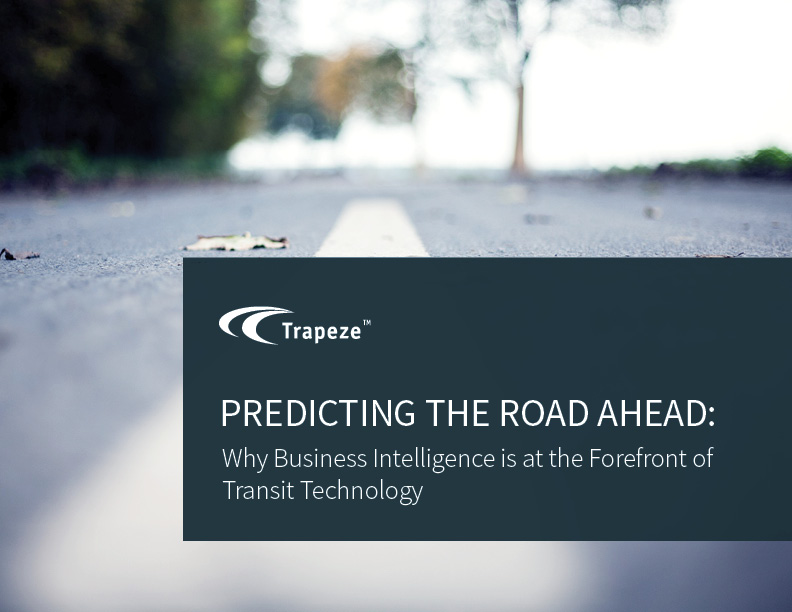What if you could predict what's going to happen and what you should do to fix it?
That's where the future lies for business intelligence (BI) in transit agencies. If you can leverage real-time data to understand where your passengers are going and when, what problems are at risk of rising and why, you can improve your operations and achieve optimal efficiencies.
You might be surprised just how far the transit industry has come.
Historically, the public transit industry has relied on descriptive analytics which use data aggregation mining techniques to provide insight into the past and answer "What has happened?"
But now we can take it one step further. More recently, we've begun to utilize predictive analytics to forecast and understand the future - and ask "What could happen." Up next is leveraging this data to understand "What should we do?"
Passengers demand fast, efficient, quality service - and we're in the business of delivering it. To achieve that, you need to utilize business intelligence - and this eBook will give you the tools to understand the power of BI.
Despite these benefits, the U.S. transit industry has been slow to adopt contactless systems, largely because the myriad of players in the market (agencies, transit districts, card issuers and technology vendors) have not been able to agree on a standardized platform. Concerns over initial investment requirements have, erroneously, also slowed adoption.
What follows is an exploration of how North American transit agencies are approaching the opportunities and challenges of deploying contactless smart card systems and how passengers and agencies alike can benefit from adoption of the technology.
